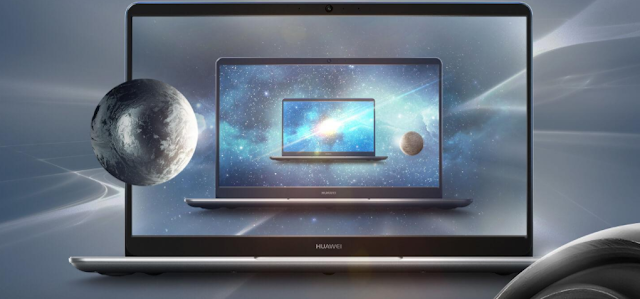ADITYA - L1 FIRST INDIAN MISSION TO STUDY THE SUN
Aditya - L1 First Indian mission to study the Sun
The Aditya-1 mission was conceived as a 400kg class satellite carrying one payload, the Visible Emission Line Coronagraph (VELC) and was planned to launch in a 800 km low earth orbit. A Satellite placed in the halo orbit around the Lagrangian point 1 (L1) of the Sun-Earth system has the major advantage of continuously viewing the Sun without any occultation/ eclipses. Therefore, the Aditya-1 mission has now been revised to “Aditya-L1 mission” and will be inserted in a halo orbit around the L1, which is 1.5 million km from the Earth. The satellite carries additional six payloads with enhanced science scope and objectives.
 The main payload continues to be the coronagraph with improved capabilities. The main optics for this experiment remains the same. The complete list of payloads, their science objective and lead institute for developing the payload is provided below:
The main payload continues to be the coronagraph with improved capabilities. The main optics for this experiment remains the same. The complete list of payloads, their science objective and lead institute for developing the payload is provided below:
The project is approved and the satellite will be launched during 2019 – 2020 timeframe by PSLV-XL from Sriharikota.
Aditya-1 was meant to observe only the solar corona. The outer layers of the Sun, extending to thousands of km above the disc (photosphere) is termed as the corona. It has a temperature of more than a million degree Kelvin which is much higher than the solar disc temperature of around 6000K. How the corona gets heated to such high temperatures is still an unanswered question in solar physics.
Aditya-L1 with additional experiments can now provide observations of Sun's Photosphere (soft and hard X-ray), Chromosphere (UV) and corona (Visible and NIR). In addition, particle payloads will study the particle flux emanating from the Sun and reaching the L1 orbit, and the magnetometer payload will measure the variation in magnetic field strength at the halo orbit around L1. These payloads have to be placed outside the interference from the Earth’s magnetic field and could not have been useful in the low earth orbit.
 The main payload continues to be the coronagraph with improved capabilities. The main optics for this experiment remains the same. The complete list of payloads, their science objective and lead institute for developing the payload is provided below:
The main payload continues to be the coronagraph with improved capabilities. The main optics for this experiment remains the same. The complete list of payloads, their science objective and lead institute for developing the payload is provided below:- Visible Emission Line Coronagraph (VELC): To study the diagnostic parameters of solar corona and dynamics and origin of Coronal Mass Ejections (3 visible and 1 Infra-Red channels); magnetic field measurement of solar corona down to tens of Gauss – Indian Institute of Astrophysics (IIA)
- Solar Ultraviolet Imaging Telescope (SUIT): To image the spatially resolved Solar Photosphere and Chromosphere in near Ultraviolet (200-400 nm) and measure solar irradiance variations - Inter-University Centre for Astronomy & Astrophysics (IUCAA)
- Aditya Solar wind Particle Experiment (ASPEX) : To study the variation of solar wind properties as well as its distribution and spectral characteristics – Physical Research Laboratory (PRL)
- Plasma Analyser Package for Aditya (PAPA) : To understand the composition of solar wind and its energy distribution – Space Physics Laboratory (SPL), VSSC
- Solar Low Energy X-ray Spectrometer (SoLEXS) : To monitor the X-ray flares for studying the heating mechanism of the solar corona – ISRO Satellite Centre (ISAC)
- High Energy L1 Orbiting X-ray Spectrometer (HEL1OS): To observe the dynamic events in the solar corona and provide an estimate of the energy used to accelerate the particles during the eruptive events - ISRO Satellite Centre (ISAC)and Udaipur Solar Observatory (USO), PRL
- Magnetometer: To measure the magnitude and nature of the Interplanetary Magnetic Field – Laboratory for Electro-optic Systems (LEOS) and ISAC.
With the inclusion of multiple payloads, this project also provides an opportunity to solar scientists from multiple institutions within the country to participate in space based instrumentation and observations. Thus the enhanced Aditya-L1 project will enable a comprehensive understanding of the dynamical processes of the sun and address some of the outstanding problems in solar physics.




Comments
Post a Comment